How Does High Strength Graphite Provide Reliability?
High strength graphite is a high-quality, high-strength material that is used in a variety of industries because its reliability and performance. Its high strength and durability make it an ideal choice for applications where reliability is critical, such as in the aerospace and automotive industries. In addition to its remarkable strength, high strength graphite also has excellent thermal and electrical conductivity properties, making it an ideal material for a variety of specialized applications. It is a material with superior physical properties that make it a perfect choice for many industrial and commercial applications.
Ideal Material for Use in Nuclear Power Plants
Its high strength and stiffness, combined with its low density, make it an excellent choice for aerospace and other high-performance applications. In addition, graphite that is high strength is also highly resistant to chemical attack and has impressive electrical and thermal properties. These properties make this kind of graphite an important material for use in nuclear power plants and other critical infrastructure. In short, the possibilities are virtually endless when it comes to what can be accomplished with this unique and innovative material. Many industries and especially those involved with technology and manufacturing take advantage of this product and all that it makes possible.
Arranged in a Hexagonal (Honeycomb) Pattern
So how does high strength type graphite work? The answer lies in its unique structure. Graphite is made up of layers of carbon atoms that are arranged in a hexagonal (honeycomb) pattern. This gives the material incredible strength while also keeping it lightweight. The strength of graphite comes from the fact that the layers of carbon atoms are bonded together very tightly. This makes it difficult for the layers to slide past each other, which gives graphite its high strength. There are a few different methods that can be used to produce this kind of material. The most common method is to heat the graphite to a high temperature and then cool it very rapidly. Contact California Nanotechnologies today for more information!
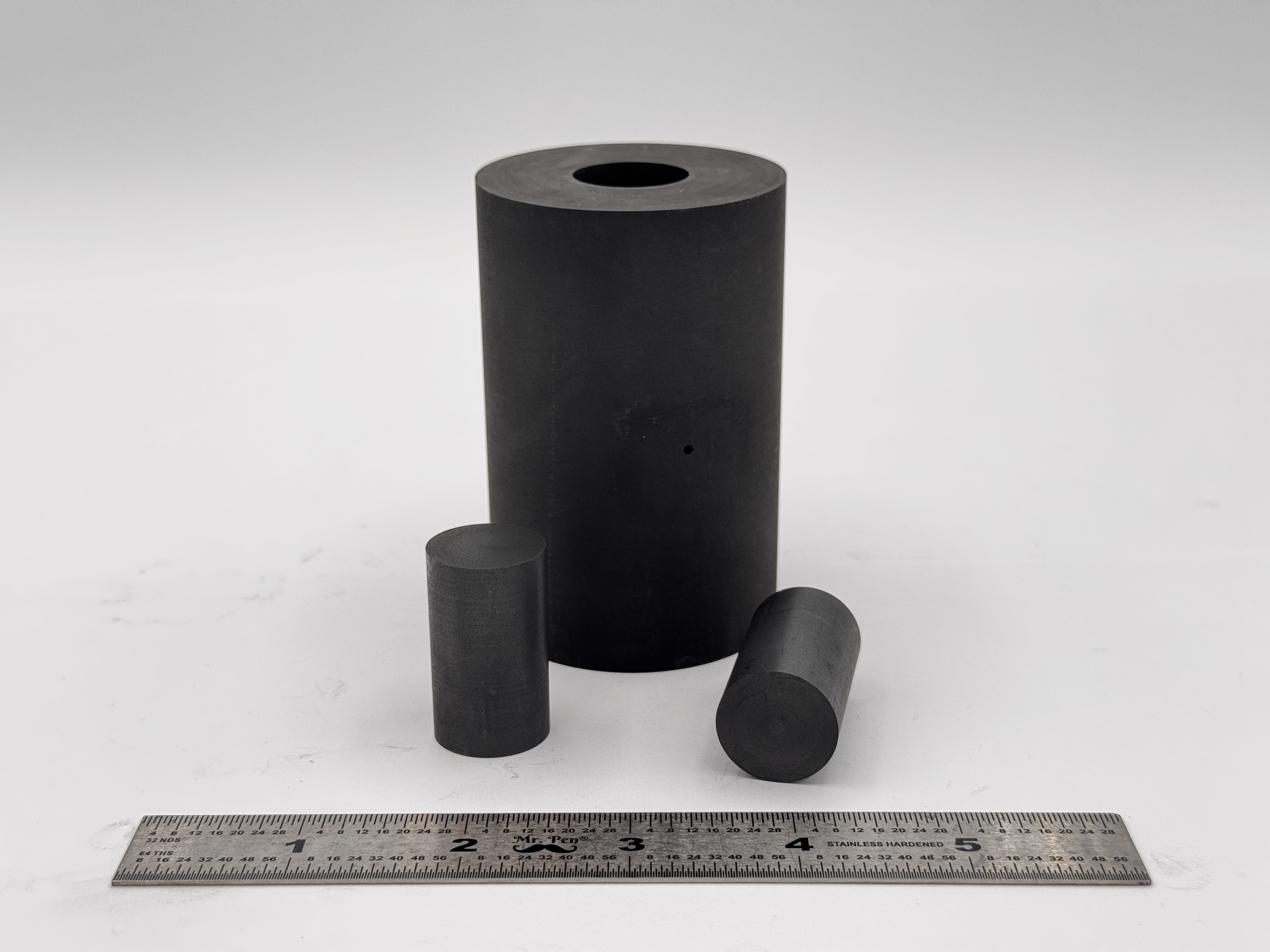 High Strength SPS Graphite Tooling
High Strength SPS Graphite Tooling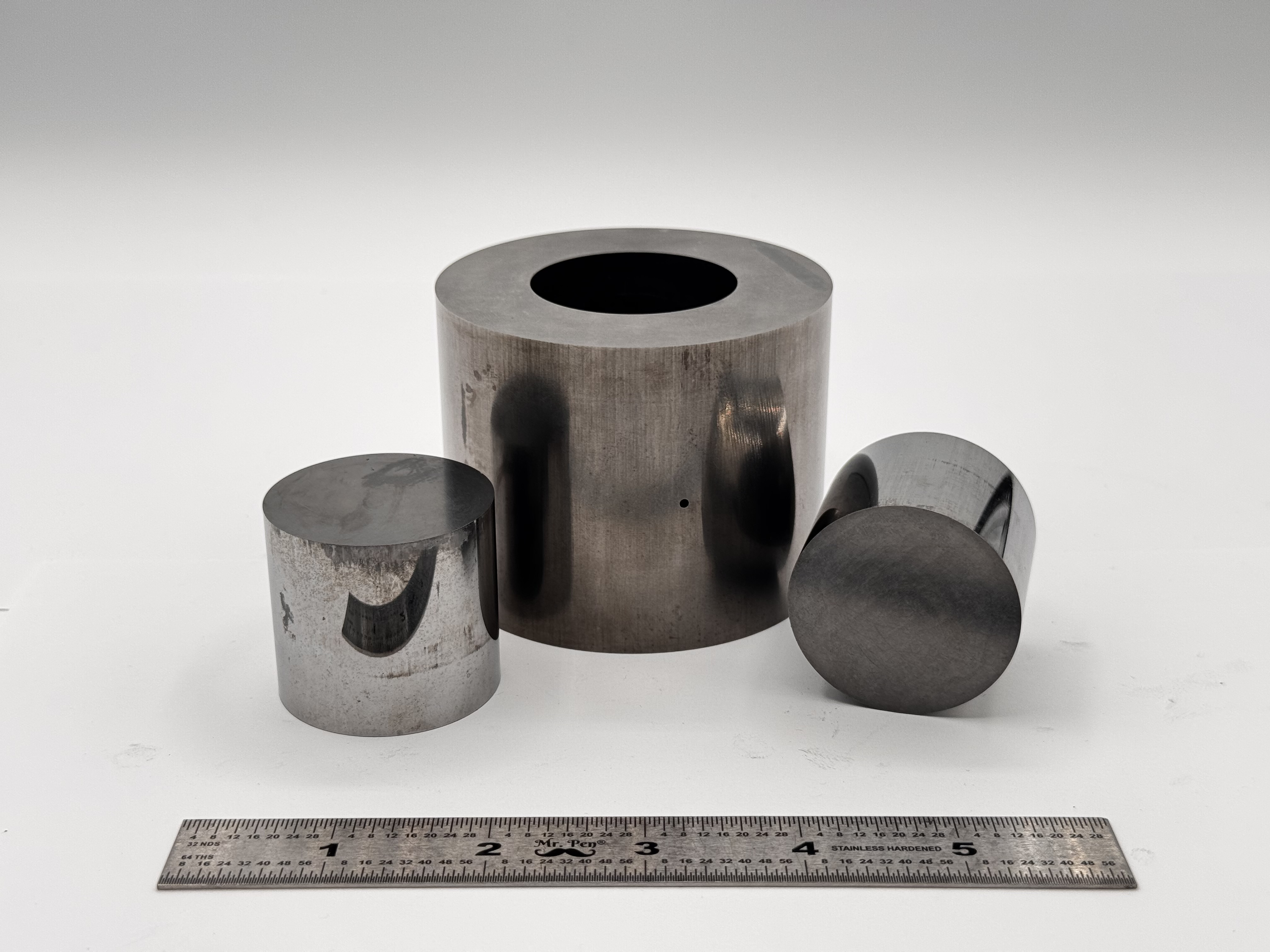 Tungsten Carbide Tooling
Tungsten Carbide Tooling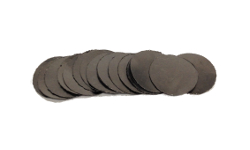 Carbon Graphite Foil / Paper
Carbon Graphite Foil / Paper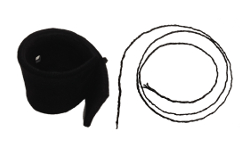 Carbon Felt and Yarn
Carbon Felt and Yarn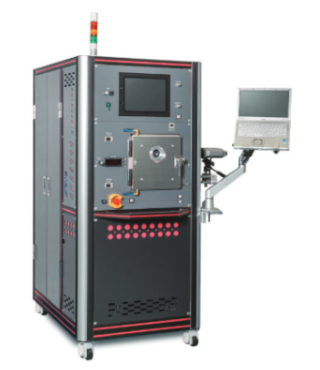 Spark Plasma Sintering Systems
Spark Plasma Sintering Systems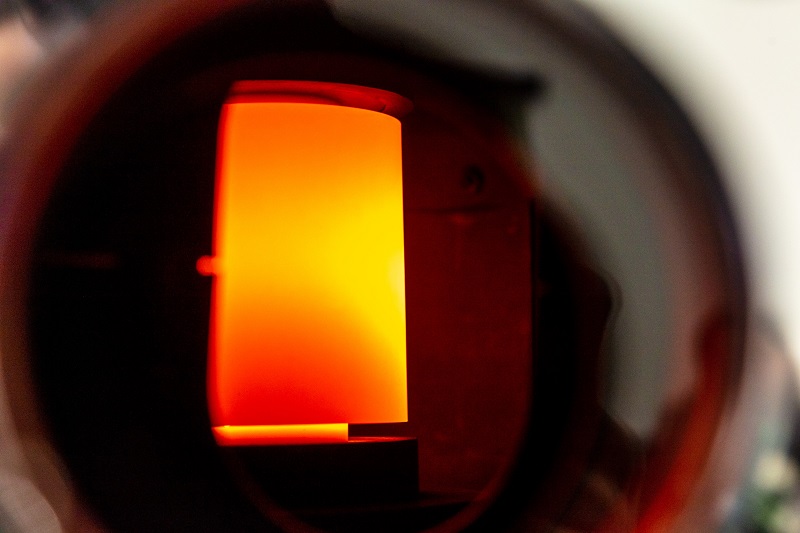 SPS/FAST Modeling Software
SPS/FAST Modeling Software